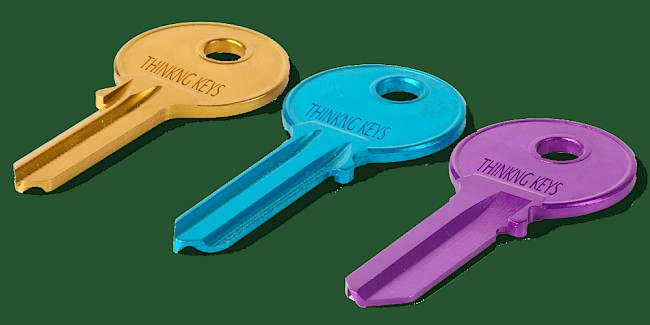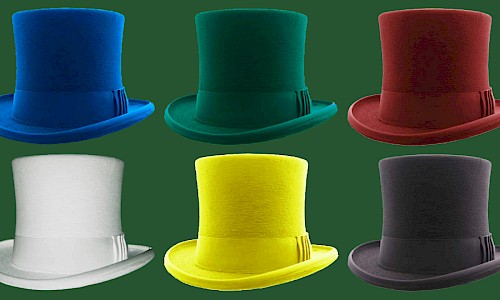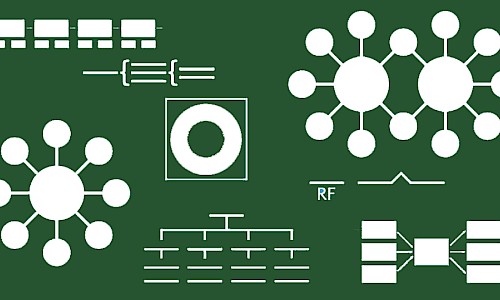Want to know more about joining Cedar?
Attend out Headteacher Talk for prospective parents of children starting school September 2026, taking place on Tuesday 18th November at 5pm.
(No booking is required)
Join us for one of our open event tours on:
Thursday 6th November, Thursday 20th November, and Thursday 2nd December 2025, 9:30am - 11:30am
Wednesday 12th November and Wednesday 26th November 2025, 1:30pm - 2:30pm
Spaces are limited so please contact our reception to book your place.



